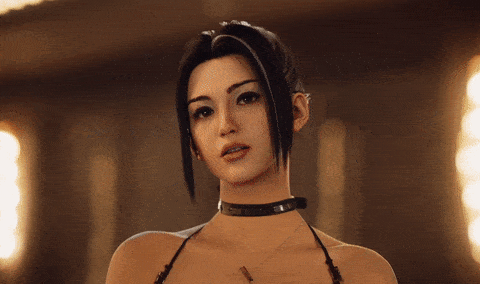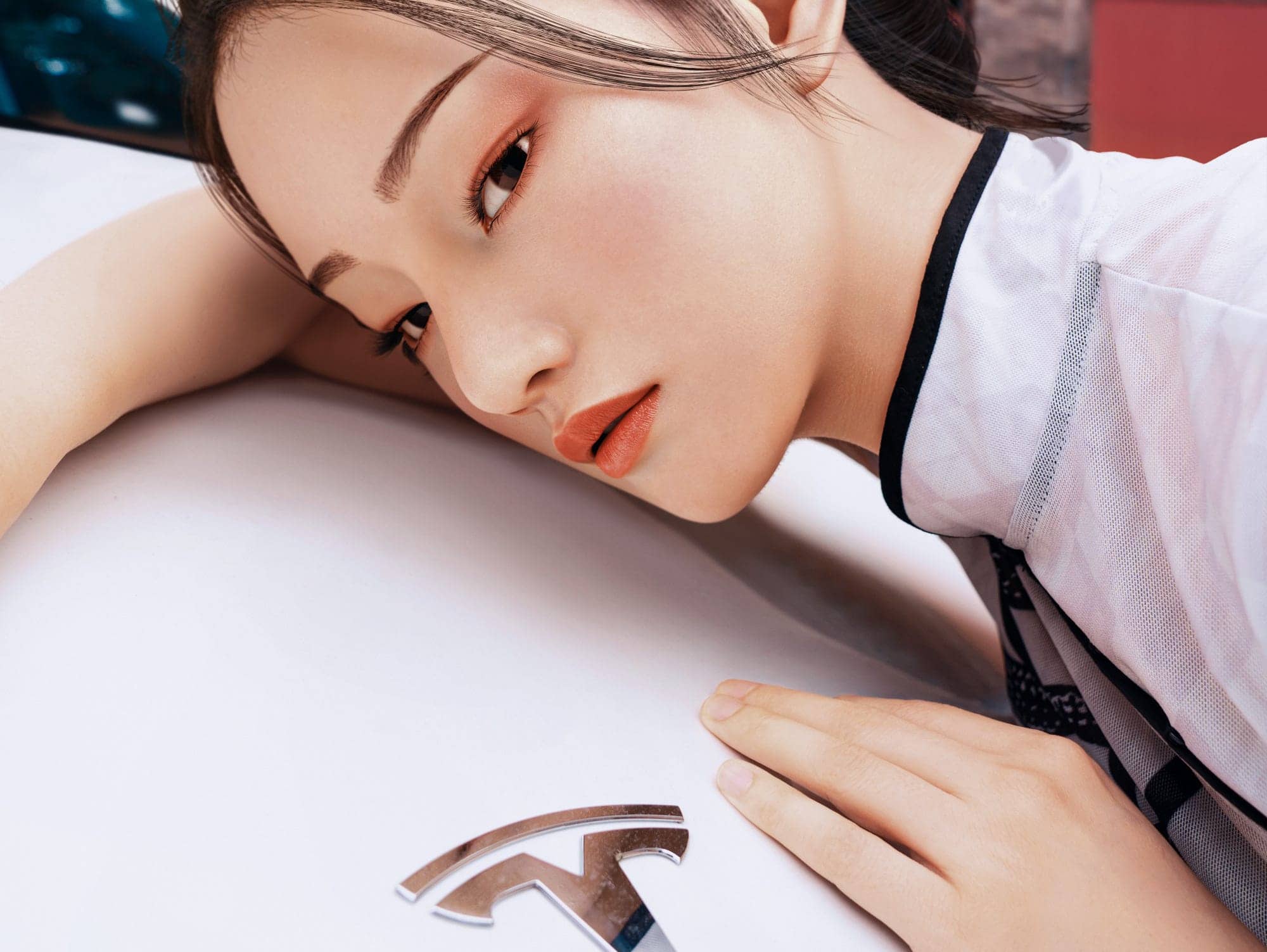This story originally appeared in Open Source, our weekly newsletter on emerging technology. To get stories like this in your inbox first, subscribe here.
Ito En is a Japanese beverage company renowned for its expertise in tea production. It’s known for selling authentic Japanese tea and matcha, and it is also one of the largest tea distributors in Japan. But the company has recently found itself at the center of a social media storm, for reasons little to do with tea.
Instead, the cause of this uproar lies in Ito En’s latest commercial. To promote its new drink, “Oi Ocha Catechin Green Tea,” the company released a 15-second advertisement in September this year. Although seemingly ordinary at first glance, a closer inspection by astute viewers revealed that the featured female model might actually be an artificial intelligence-generated character.
This revelation becomes most apparent in the commercial’s transformation of the character. Beginning as a gray-haired woman in a futuristic setting, the model seamlessly morphs into a younger version, signifying the health benefits of Ito En’s new product.

As of November 16, the video has garnered over 700,000 views on the company’s official YouTube channel and has been extensively shared on various social media platforms. However, public reactions have been diverse, with some commending the achieved realism and pointing out potential advantages of AI-generated characters, such as their immunity to scandals that their human counterparts can become mired in.
The commercial has also brought forth opposing viewpoints, particularly raising unanswered questions about the future landscape of idols, models, and spokespersons. These inquiries revolved around whether AI will eventually replace these roles and what the implications for copyrights would be in such a scenario. The discourse has notably focused on the legal dimensions as a significant issue, contemplating whether companies like Ito En should be able to assert ownership rights over the AI-generated characters used in their commercials.
It’s worth noting that broader concerns exist regarding the extent to which AI-generated entities can encroach upon roles traditionally held by humans. While the technology has garnered considerable attention, its actual stage of maturity precedes the public’s impression.
Call it AI-generated characters, virtual idols, metahumans, or any other appropriate name, the technology presently relies on humans to achieve desirable results. For example, Ito En’s new AI-generated model, seemingly fully virtual and non-human, likely borrows its voice, movements, and facial expressions from an actor or actress wearing a motion capture suit.
This underscores the current reality that AI-generated virtual idols are not invulnerable to concerns and issues that plague their human counterparts, challenging assumptions about the technology’s ability to deliver touted benefits.
Moreover, within advertising, the use of AI-generated characters disrupts established norms. Consumers are typically drawn to endorsements by human influencers or celebrities due to their star power, relatability, and likeability—the question is, will AI-generated entities be able to evoke the same appeals?
Interestingly, while Japan, the birthplace of virtual idols like Hatsune Miku, laid the foundations for this transformative industry, the epicenter of activity has shifted notably to China. This shift is exemplified by virtual star Luo Tianyi, a hologram created in 2012 by Shanghai-based company Henian. Luo Tianyi has amassed millions of followers on the social microblogging platform Weibo, showcasing her ability to sing, dance, and interact with fans on social media.

Notably, the majority of virtual idol fans fall within the Generation Z demographic, with more than 70% aged between 18–23, according to data compiled by consultancy iiMedia Research. This suggests that AI-generated virtual idols could be more appealing to certain demographics over others—a factor that companies like Ito En could consider or may have already taken into account.
More importantly, rather than striving to fully emulate the likeness of humans, some virtual idol fans have posited that AI-generated characters can offer something different.
“Virtual idols’ performances have visual effects that real people can never achieve. For example, they can turn into flower petals, bubbles, or suddenly fall from the sky. At the same time, they show real emotions, just like real idols, making me feel connected,” said Guan Jiaqi, a fan of Luo Tianyi, when KrASIA interviewed her in 2021.
Ultimately, whether for marketing or entertainment, the engagement of AI-generated virtual idols presents its own set of challenges, as is the case with their real-life counterparts.
From Chinese virtual idols like Luo Tianyi to recent entrants like Ito En’s new AI-generated spokesperson, it is evident that we stand at a juncture close to a future where bytes and pixels may very well redefine the nature of various industries.
Nonetheless, the key takeaway is, as always, to engage in thoughtful conversations about the implications of new technology, as we should in the case of AI-generated characters. Tread wisely.
If you enjoyed reading this, you might also be interested in:
- China’s virtual idols are reshaping the ways brands reach Gen Z consumers (by Mengyuan Ge)
- Virtual concerts to break through to the mainstream, or just a passing fad? (by Wency Chen)
- Japanese virtual idol Hatsune Miku joins Taobao as a livestreaming ambassador for upcoming 618 festival (by South China Morning Post)

